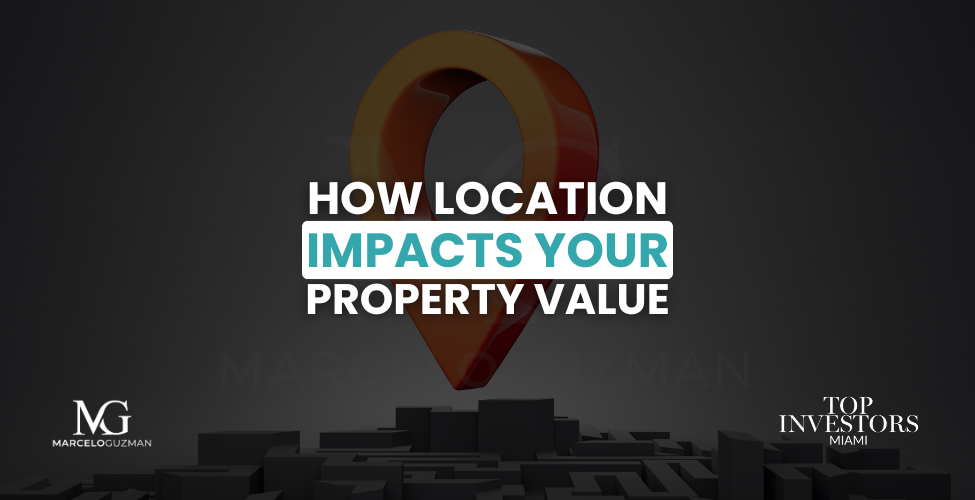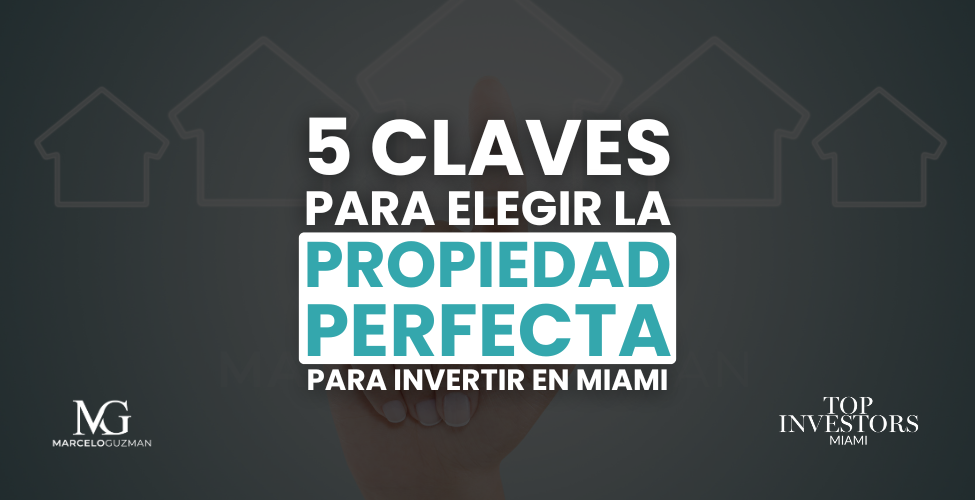How Location Impacts Your Property Value
When it comes to real estate, one golden rule always holds true: location is everything. Whether you’re buying your first home, investing in a rental property, or preparing to sell, understanding how location affects property value can make a world of difference in your decisions—and your bottom line.
But what exactly makes one location more valuable than another? Let’s explore the key factors that influence property value based on location, especially within the dynamic Florida market.
1. Proximity to Key Amenities
Homes that are close to good schools, parks, restaurants, shopping centers, and public transportation tend to command higher prices. Buyers and renters alike value the convenience of having essential services nearby, which often leads to stronger demand and higher resale value.
In Florida, neighborhoods with walkable access to beaches, golf courses, or waterfronts can see a significant boost in value—especially in cities like Miami, Orlando, and Tampa.
2. Neighborhood Safety and Reputation
Safety is a top priority for buyers. Properties in low-crime areas with well-maintained streets and a strong sense of community often sell faster and for more money. Tools like crime maps and local police data can provide insight into how safety may be influencing property values in a given area.
3. School District Quality
Even for buyers without children, a property located within a top-rated school district can be a smart investment. According to studies from the National Association of Realtors (NAR), homes in areas with highly rated schools often maintain or increase their value over time, and tend to sell more quickly.
4. Economic Growth and Job Opportunities
Areas experiencing economic growth, a diverse job market, and population increases usually see rising property values. Florida cities like Orlando and Miami have benefited from booming tech, tourism, and real estate sectors, attracting both residents and investors from around the country and the world.
When jobs grow, housing demand tends to follow.
5. Future Development and Infrastructure Projects
A neighborhood’s potential is often tied to what’s coming next. Planned developments like new highways, transit lines, shopping centers, or mixed-use communities can significantly raise surrounding property values.
However, not all development is positive—projects that increase traffic or change the character of a neighborhood can have the opposite effect. That’s why it’s essential to work with a realtor who understands the long-term vision for the area.
6. Waterfront and Scenic Views
In Florida, location relative to water can drastically affect price. Oceanfront, lakefront, or canal-view homes often come at a premium due to limited supply and high demand. Even within the same zip code, two properties can differ greatly in value simply based on the view.
Final Thoughts
Location isn’t just about a place on the map—it’s about the lifestyle, opportunities, and long-term potential that come with it. Whether you’re buying, selling, or investing, choosing the right location is one of the most powerful ways to protect and grow your property’s value.
As a seasoned Florida realtor, I help my clients look beyond square footage and finishes to identify neighborhoods that truly align with their goals. If you’re curious about how your property’s location is impacting its market value—or where your next investment should be—let’s connect.
Your ideal location might be closer than you think.





